What material is best for summer dresses? This question sets the stage for this enthralling narrative, offering readers a glimpse into a story that is rich in detail and brimming with originality from the outset. As we delve into the world of summer fabrics, we will explore the key properties to consider, the diverse range of fabric types available, and the style considerations that can elevate your summer wardrobe.
From the breathable comfort of cotton to the ethereal elegance of silk, each material brings its own unique charm to the realm of summer dresses. We will examine the drape, texture, and weight of different fabrics, discussing how these elements influence the overall look and feel of a dress.
Whether you seek a breezy sundress for a day at the beach or a sophisticated gown for a summer evening soirée, this guide will provide you with the knowledge you need to make informed choices and create a wardrobe that embodies both style and comfort.
Material Properties: What Material Is Best For Summer Dresses
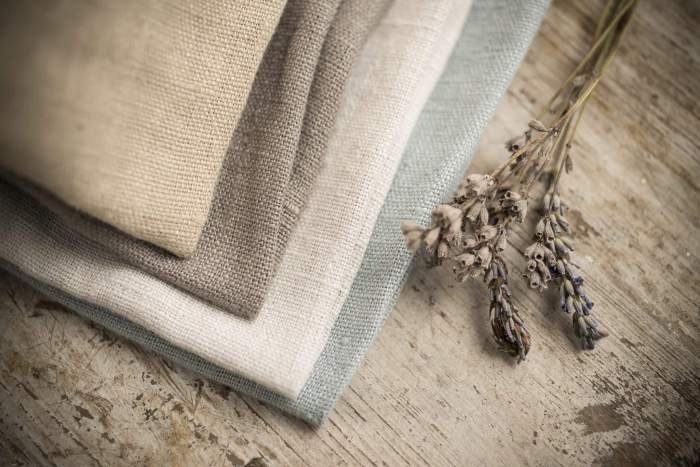
Summer dresses should be made from breathable fabrics that allow air to circulate and keep you cool. They should also be moisture-wicking, meaning they can draw sweat away from your body and help it evaporate. Wrinkle resistance is also important, as you don’t want your dress to look rumpled after a long day.
When it comes to summer dresses, breathable fabrics like cotton and linen are ideal. They allow for air circulation, keeping you cool and comfortable. For a more elegant look, consider casual party dresses pakistani made from chiffon or georgette, which offer a flowy and airy feel.
Regardless of the material, choose fabrics that are lightweight, moisture-wicking, and wrinkle-resistant for optimal comfort during the warm summer months.
Breathability
Breathability is a measure of how well a fabric allows air to pass through it. The more breathable a fabric is, the cooler you will feel when wearing it. Natural fibers like cotton and linen are very breathable, while synthetic fibers like polyester are less breathable.
Moisture-wicking
Moisture-wicking fabrics draw sweat away from your body and help it evaporate. This can help you stay cool and dry, even on hot days. Synthetic fibers like polyester and nylon are very moisture-wicking, while natural fibers like cotton are less moisture-wicking.
Wrinkle resistance
Wrinkle resistance is a measure of how well a fabric resists wrinkles. The more wrinkle-resistant a fabric is, the less likely it is to look rumpled after a long day. Synthetic fibers like polyester and nylon are very wrinkle-resistant, while natural fibers like cotton are less wrinkle-resistant.
Fabric Types
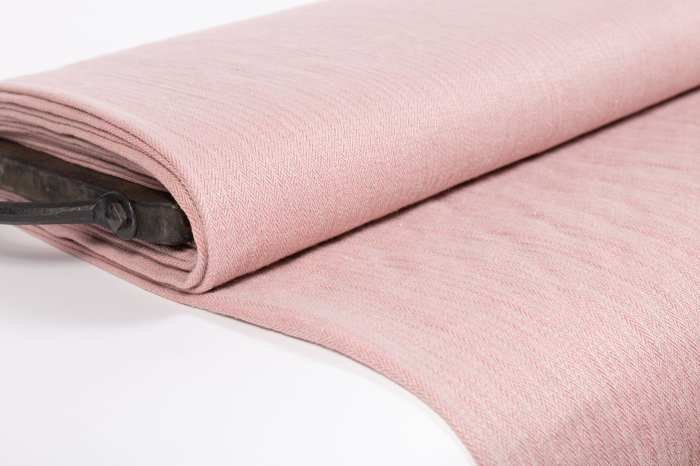
The choice of fabric for a summer dress is crucial for comfort, style, and breathability. Each fabric type possesses unique characteristics, drape, and texture that can enhance the overall look and feel of the garment.
Cotton
- Lightweight and breathable, making it ideal for hot weather.
- Absorbs moisture well, keeping you cool and dry.
- Versatile and can be dressed up or down, depending on the style.
Linen
- Strong and durable, yet lightweight and airy.
- Naturally wrinkle-resistant, giving it a relaxed and effortless look.
- Highly absorbent and quick-drying, making it a great choice for humid climates.
Silk
- Luxurious and elegant, with a soft and smooth texture.
- Lightweight and breathable, making it comfortable to wear in warm weather.
- Drapes beautifully, creating flowing and flattering silhouettes.
Chiffon
- Sheer and lightweight, with a delicate and airy texture.
- Creates a soft and flowing drape, perfect for romantic and feminine styles.
- Often used as an overlay or accent fabric to add texture and movement.
Lace
- Delicate and intricate, with openwork designs that add a touch of elegance.
- Can be sheer or opaque, depending on the weave and pattern.
- Often used as a trim or accent, or as the main fabric for special occasion dresses.
Style Considerations

The material of a summer dress significantly influences its style and silhouette. Different fabrics possess unique characteristics that lend themselves to distinct looks and feels.
Fabric weightplays a crucial role in determining the overall drape and structure of a dress. Lightweight fabrics, such as chiffon and organza, create flowing, ethereal silhouettes, while heavier fabrics, such as denim and linen, provide more structured, tailored looks.
Drape
The drape of a fabric refers to its ability to flow and fall. Fabrics with good drape, such as silk and satin, create elegant, fluid silhouettes that hug the body’s curves. Fabrics with less drape, such as cotton and linen, tend to hold their shape, resulting in more structured, boxy silhouettes.
Texture
The texture of a fabric adds depth and visual interest to a dress. Smooth, silky fabrics, such as charmeuse and velvet, exude a luxurious, elegant feel. Rougher, textured fabrics, such as tweed and lace, create a more rustic, bohemian aesthetic.
Seasonal Appropriateness

Summer dresses demand fabrics that provide comfort and style in warm weather. The ideal materials for summer dresses possess properties that enhance breathability, moisture-wicking capabilities, and temperature regulation.
Breathability
In hot weather, breathability is paramount. Fabrics like cotton, linen, and rayon allow air to circulate, preventing the accumulation of heat and moisture against the skin. These materials have a loose weave that facilitates airflow, keeping the wearer cool and comfortable.
When choosing a material for summer dresses, breathability and comfort are key. Natural fabrics like cotton and linen are excellent choices, as they allow your skin to breathe and keep you cool. If you’re looking for a more delicate fabric, silk or chiffon can be beautiful options.
However, it’s important to note that these fabrics may require specialized care, such as dry cleaning. If you’re unsure about how to care for a particular fabric, it’s always a good idea to consult with a specialist dry cleaner.
They can provide expert advice on how to keep your summer dresses looking their best.
Moisture-Wicking
Summer dresses should be made of materials that effectively wick away sweat from the body. Moisture-wicking fabrics, such as polyester and nylon, draw moisture away from the skin and disperse it over a larger surface area, allowing it to evaporate quickly.
For summer dresses, breathable fabrics like cotton, linen, and chiffon are ideal. These materials allow airflow and keep you cool and comfortable. If you’re looking for a more formal summer dress, consider goddess bridal dresses made from silk or lace.
These fabrics are lightweight and airy, perfect for a summer wedding or special occasion. No matter what material you choose, make sure it’s something you’ll feel comfortable wearing in the heat.
This prevents the buildup of sweat, which can lead to discomfort and heat rash.
For summer dresses, breathable fabrics like cotton and linen are ideal. These natural fibers allow air to circulate, keeping you cool and comfortable. And when it comes to royalty, one can’t help but wonder who dresses the king. After all, dressing royalty requires a keen eye for fashion and an understanding of the finest materials.
But back to our summer dresses, silk and chiffon are also excellent choices, offering a touch of elegance and a flowy, feminine silhouette.
Temperature Regulation
The right material can help regulate body temperature in warm weather. Fabrics like silk and bamboo have thermoregulating properties that adapt to changes in body temperature. They keep the wearer cool in hot weather and warm in cooler temperatures, providing year-round comfort.
Care and Maintenance
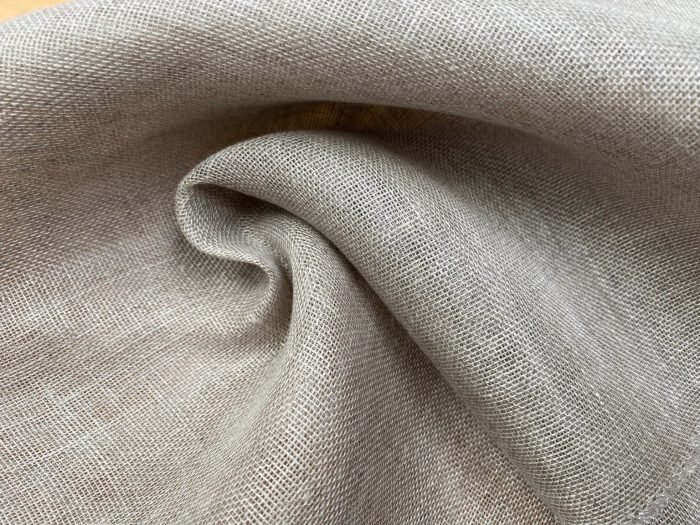
Preserving the beauty and longevity of your summer dresses requires proper care and maintenance. Different materials demand specific washing, drying, and ironing techniques to maintain their integrity and prevent damage.
Washing
- Natural Fibers (Cotton, Linen):Machine wash in cold water on a gentle cycle. Avoid using bleach, as it can weaken the fibers.
- Synthetic Fibers (Polyester, Nylon):Machine wash in cold water on a delicate cycle. Avoid using fabric softeners, as they can coat the fibers and reduce breathability.
- Blends (Cotton-Polyester, Linen-Rayon):Follow the care instructions for the dominant fiber in the blend.
Drying
- Natural Fibers:Tumble dry on low heat or hang to air dry. Avoid over-drying, as it can shrink or wrinkle the fabric.
- Synthetic Fibers:Tumble dry on low heat or hang to air dry. Avoid high heat, as it can melt or damage the fibers.
- Blends:Follow the care instructions for the dominant fiber in the blend.
Ironing, What material is best for summer dresses
- Natural Fibers:Iron on a low heat setting with a damp cloth to prevent scorching. For linen, use a spray bottle to dampen the fabric before ironing.
- Synthetic Fibers:Iron on a low heat setting without a damp cloth. Avoid using steam, as it can set wrinkles.
- Blends:Follow the care instructions for the dominant fiber in the blend.
Sustainability
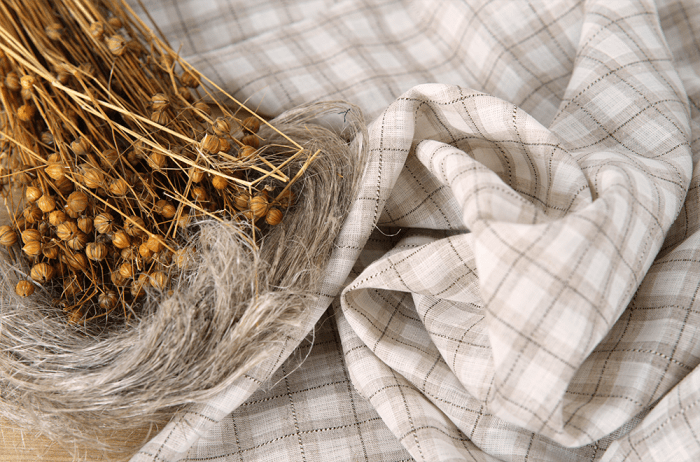
The environmental impact of our clothing choices is becoming increasingly apparent. When it comes to summer dresses, the materials used can have a significant impact on the planet.
Synthetic materials like polyester and nylon are derived from fossil fuels and can take hundreds of years to decompose. They also release harmful chemicals into the environment during production and disposal. Natural materials like cotton and linen are more sustainable options, but they require significant amounts of water and pesticides to grow.
Eco-Friendly Fabrics
- Organic Cotton:Grown without the use of pesticides or synthetic fertilizers.
- Hemp:A fast-growing plant that requires minimal water and pesticides.
- Tencel:A biodegradable fabric made from wood pulp.
- Recycled Polyester:Made from recycled plastic bottles, reducing waste and conserving resources.
Summary
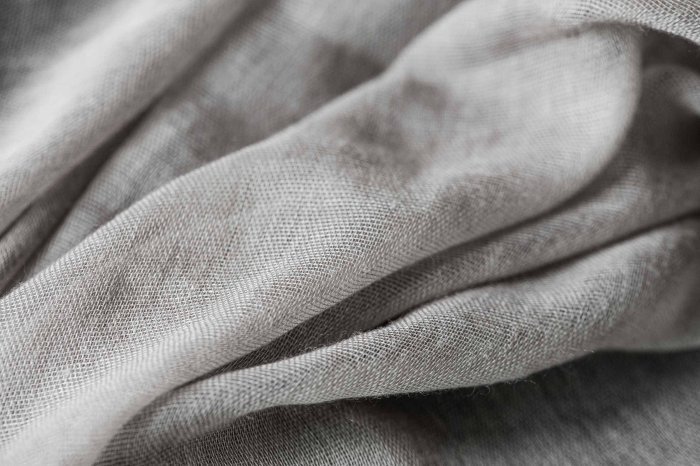
In conclusion, the choice of material for summer dresses is a delicate balance between comfort, style, and personal preference. By understanding the key properties of different fabrics and how they influence the overall look and feel of a dress, you can make informed decisions that will elevate your summer wardrobe.
Whether you opt for the breathability of cotton, the luxurious drape of silk, or the effortless elegance of linen, there is a perfect material out there to complement your unique style and make you feel confident and radiant all summer long.
FAQ Explained
What are the most breathable fabrics for summer dresses?
Cotton, linen, and rayon are highly breathable fabrics that allow air to circulate, keeping you cool and comfortable even on the hottest days.
What fabrics are best for wrinkle-resistant summer dresses?
Synthetic fabrics like polyester and nylon are known for their wrinkle resistance, making them ideal for travel or busy lifestyles.
What fabrics are most suitable for flowy summer dresses?
Chiffon, silk, and georgette are lightweight and飘逸fabrics that create beautiful flowing silhouettes.